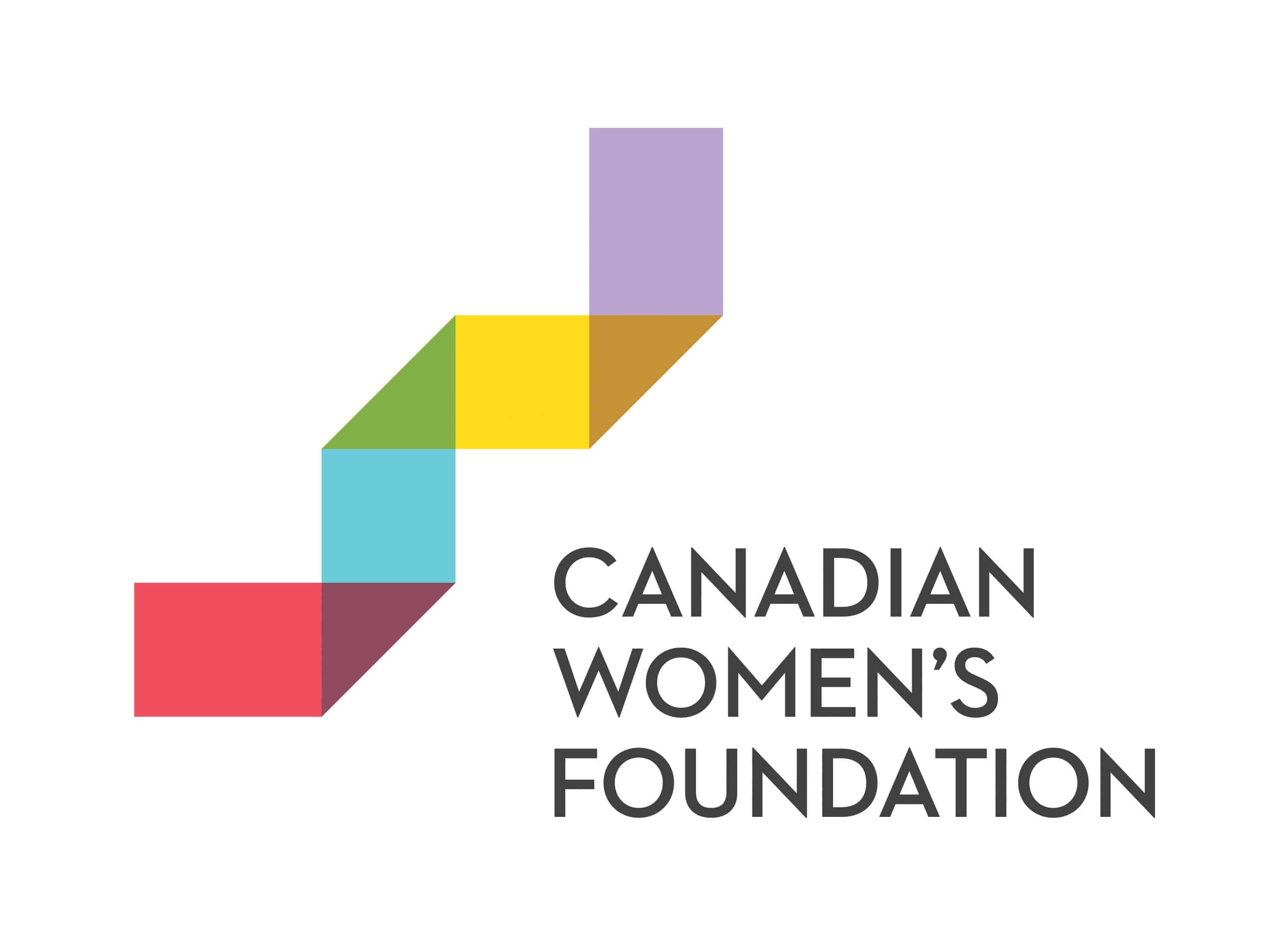Backlash & The Myth of Acceptance
This post was originally published on Julie S. Lalonde's blog, Yellow Manteau.
 I talk for a living.
I wear many hats in my day-to-day, but I get paid to talk and in particular, as a public educator. I visit communities, elementary schools, high schools, campuses, military bases, faith groups, various workplaces and everything in between to talk sexual violence, bystander intervention and community support.
I’ve worked in this field for over a decade.
In that time, I’ve given literally hundreds of workshops, lectures, presentations and spoken on panels.
I’m a busy bee.
There appears to be a lot of mythology around the work I do and in particular, the reception I get. There’s this idea that everywhere I go is a giant love-in. Maybe it’s because my work is so visible in the media or because I have a lot of followers on Twitter or because I’ve won awards. Or maybe it’s part of some right-wing conspiracy that the world is super feminist and misandrist. Je ne sais pas.
I talk for a living.
I wear many hats in my day-to-day, but I get paid to talk and in particular, as a public educator. I visit communities, elementary schools, high schools, campuses, military bases, faith groups, various workplaces and everything in between to talk sexual violence, bystander intervention and community support.
I’ve worked in this field for over a decade.
In that time, I’ve given literally hundreds of workshops, lectures, presentations and spoken on panels.
I’m a busy bee.
There appears to be a lot of mythology around the work I do and in particular, the reception I get. There’s this idea that everywhere I go is a giant love-in. Maybe it’s because my work is so visible in the media or because I have a lot of followers on Twitter or because I’ve won awards. Or maybe it’s part of some right-wing conspiracy that the world is super feminist and misandrist. Je ne sais pas.



 There were sparkly red stilettos, strappy metallic sandals, and snakeskin mules. Many men put on high heels with pride (and with socks) for the White Ribbon Campaign’s annual
There were sparkly red stilettos, strappy metallic sandals, and snakeskin mules. Many men put on high heels with pride (and with socks) for the White Ribbon Campaign’s annual 


